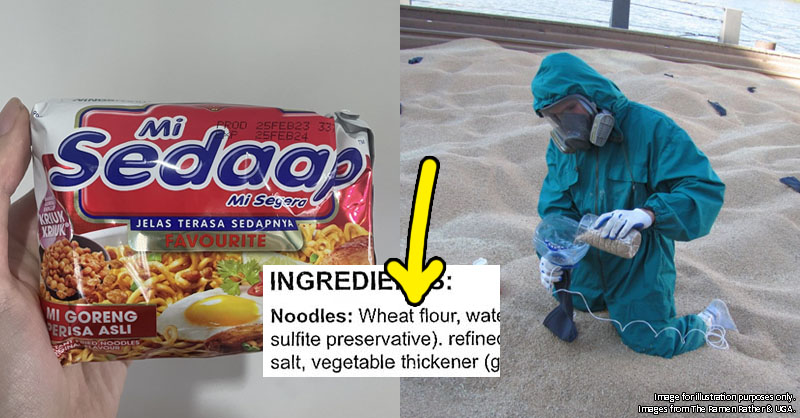Can’t find rice in kedai runcit? Here’s why Malaysia has white rice shortage
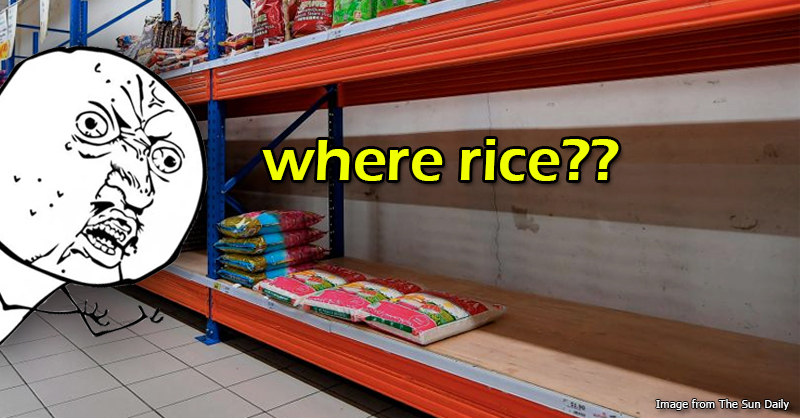
- 122Shares
- Facebook36
- Twitter16
- LinkedIn10
- Email11
- WhatsApp49
Have you guys noticed something odd lately? Like say, a plate of nasi putih, which used to cost RM0.80 suddenly skyrocketing to RM2?? Or maybe it’s the shelves at the supermarket being suspiciously empty when usually, they’re stacked with rice…
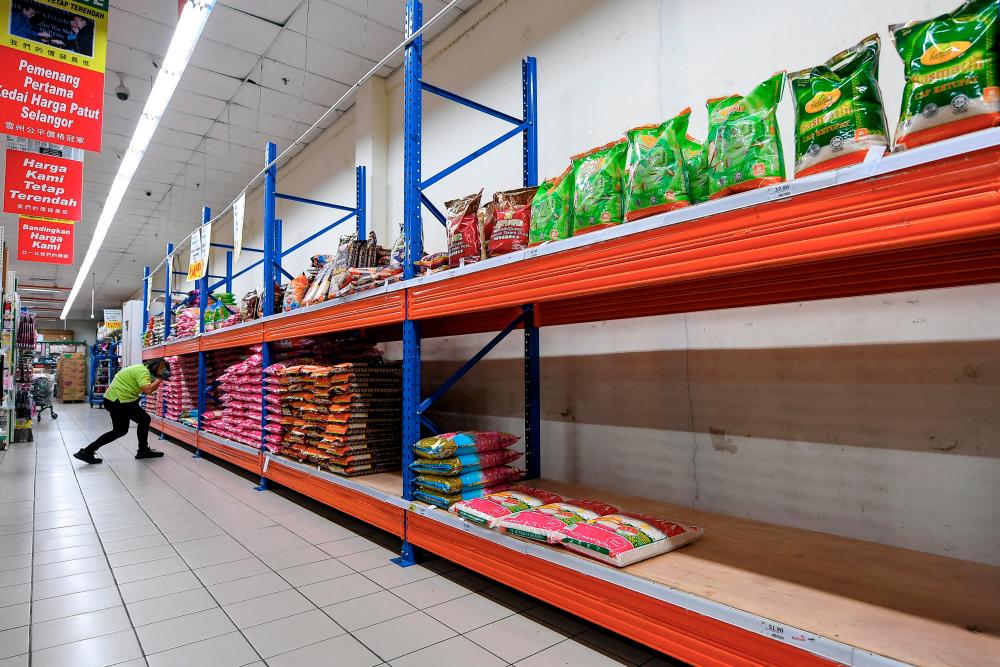
Yeah, sorry to be the bearer of bad news guys, but Malaysia miiiiiiight be running out of white rice 😱
We know! It sounds impossible! Like we plant rice, we even export rice, so how on earth did we end up here? Believe it or not, the whole thing actually boils down to a series of unfortunate events, starting with the fact that…
Our paddy fields slay… but climate change slays harder
Did you guys know that rice is super sensitive to heat? So sensitive, in fact, that just a 4% rise in temperature can reduce harvests by 46%. That’s basically saying a measly 1-2°C increase can wipe out our crops in half! Um… yeah, that doesn’t bode well when it feels like Malaysia is getting hotter and hotter each day 😰
And of course on the flip side of that scorching heat, we also have terrible wet spells. Last year, our rice industry lost RM81.4 million worth of crops and equipment to floods alone. To make matters worse, rice is grown in specific seasons, so if kena flood one time, then gone lah the entire season is wasted.

To put this all into perspective, our padi yield per harvest is typically around 7 metric tonnes per hectare, but in the last season, we struggled to reach even half of that, harvesting just 4 metric tonnes.
Now some of you are probably thinking these sound like problems that have been around for ages, and while they may affect our rice production, they don’t really explain our sudden white rice shortage. Well, you’re right, and here’s where things got out of hand…
Price of imported rice shot up so everyone kelam-kabut wanna buy local rice
Back in early September, Bernas had to raise the price of imported white rice, simply because prices all around the world were rice-ing. And it was quite a big hike too. From RM33 for a bag of 10kg rice, it went up to RM39. As expected, those who were regularly buying imported rice suddenly switched to local rice, and this would’ve been fine, if not for our local rice supply already hanging by a grain :/
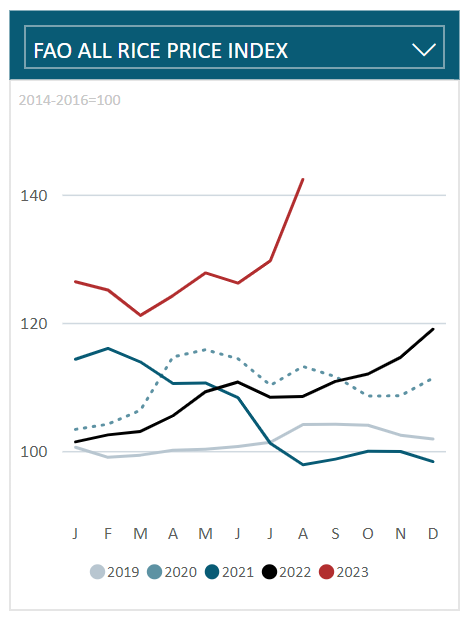
Digging a little deeper though, that price hike didn’t just appear out of thin air. Although Malaysia does grow its own rice, we’re not entirely self-sufficient. About 35% of our rice is imported, and most of it comes from India. Now get this– just 2 months ago in July, India banned rice exports! It had to do with their own supply shortage but it pretty much left us stranded.
So here’s how things stand right now: Malaysia is looking to diversify its suppliers, and according to Mat Sabu, the Minister of Agriculture and Food Security, they’ve reached out to India to discuss the ban. On the domestic front, wholesalers have surrendered 20% of their stock to the government to be redistributed, a couple of Jualan Rahmah’s will be happening soon, and there’s been a 100kg limit imposed on all rice purchases.
So it sounds like everything’s under control and we can all go back to having nasi lemak for breakfast, lunch and dinner, right? Well, not quite…
The white rice shortage has roots that run deeper than our paddy fields
While it does seem like quick action is being taken to fill up our shelves again, it doesn’t really address the underlying reason why they ended up empty in the first place. And the truth of the matter is, climate change and global market prices are just the tip of the riceberg.
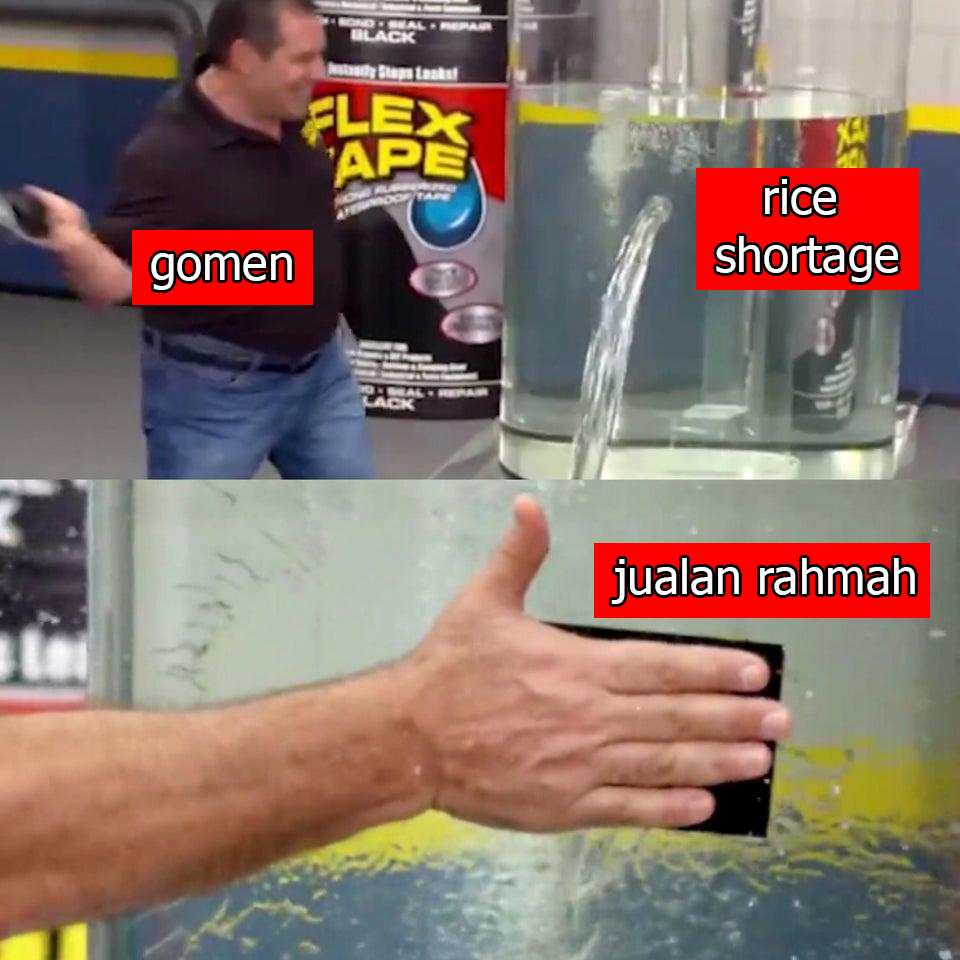
You see, planting rice is… tricky, to put it simply. There are plenty of things that influence a good harvest like the type of soil used, how fields are watered, down even to the quality of seeds. The thing is, farming techniques in the early days have contaminated our soils and water, and farmers claim the seeds they’re given to sow are subpar.
Not to mention, selling local rice at a fixed price just doesn’t cut it when production costs keep soaring. It puts the farmers out of business and whaddaya know, this was exactly how we ended up with an egg shortage several months ago! And if that isn’t enough, we’re consuming rice much faster than we can produce it, and that gap is only going to widen as time goes by.
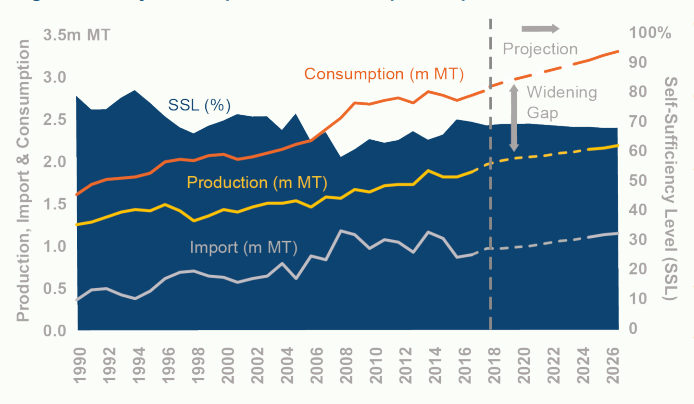
At the end of the day, the key issue here is that existing policies aren’t really working. Or at the very least, they aren’t being enforced to full effect. Though it seems that the current government is already aware of this fact and have taken steps to improve our food security. In the meantime, you might wanna swap your nasi lemak for potato lemak till things settle down– that way, no grain, no pain.
- 122Shares
- Facebook36
- Twitter16
- LinkedIn10
- Email11
- WhatsApp49

